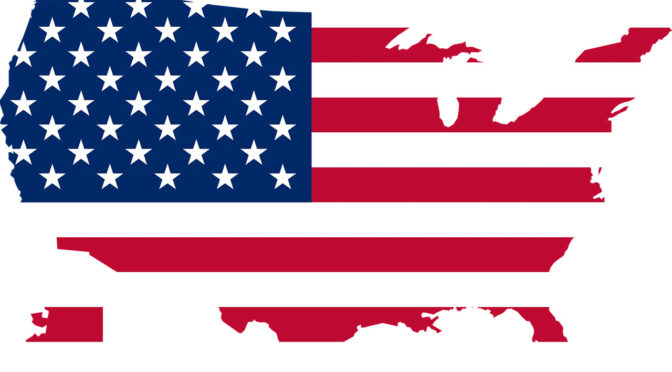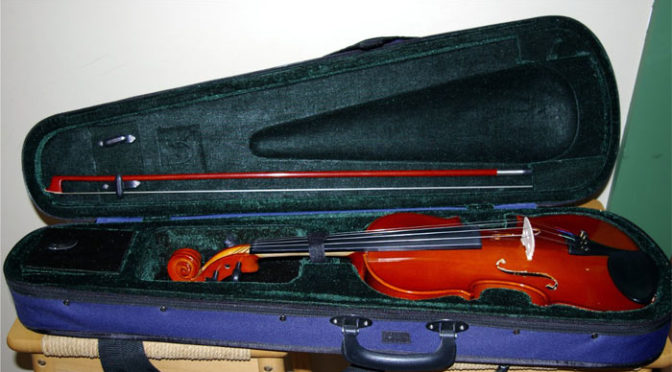Pour voir cet article en français, cliquez ici.
The Canadian Office of the American Federation of Musicians (AFM) has announced a successful outcome in its efforts to affect much-needed changes to Canada’s Air Policy with regard to the transportation of musical instruments on Canadian air carriers.
Effective July 15, Air Passenger Protection Regulations within the Canadian Transportation Act will include language that ensures that all air carriers must accept musical instruments unless security or safety is an issue. These amendments will include clear and predictable terms and conditions with regard to musical instruments, as well as the obligation to carry and accept an instrument. Airlines also will be required to offer an alternative to musicians travelling with instruments should a change in aircraft cause an instrument not to fit.
“Over the years, we’ve seen far too many professional musicians have very expensive, and often irreplaceable, tools of their trade broken or destroyed during air travel,” says Alan Willaert, AFM vice president from Canada. “We have worked closely with the government of Canada and all Canadian air carriers on this issue since 2014 and are delighted to see these demands become regulation. We are grateful to The Honourable Minister Marc Garneau, Minister of Transport, who has been supportive from the very beginning; the officials at Transport Canada, who have worked tirelessly with us; and the Canadian Transportation Agency.”
The Canadian Office of the AFM will issue a Canadian Flying Guide over the coming weeks to further assist musicians flying with instruments. Each airline also will have clear guidelines published as part of their tariff. Under the Obligation to Carry amendments, all commercial airline carriers must accept musical instruments as checked or carry-on baggage, unless it is contrary to general terms and conditions in the carrier’s tariff with respect to the weight or dimension of baggage or because of safety or security.








